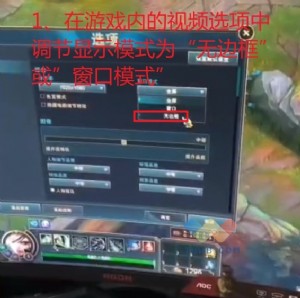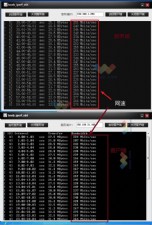网络管理不枯燥:建立个性路由器菜单技巧
menu trace command 1. trace 192.168.80.1
menu trace options 1. pause
menu trace text 2. SW06
menu trace command 2. trace 172.20.200.5
menu trace options 2. pause
menu trace text 3. SW07
menu trace command 3. trace 192.168.80.214
menu trace options 3. pause
menu trace text 4. Back
menu trace command 4. menu-exit
menu trace clear-screen
menu interface title ^ Show Interface Menu ^C
menu interface prompt ^ Choose Your Interface Option: ^C
menu interface text 1. Show IP Interface Brief
menu interface command 1. sh ip int brief
menu interface options 1. pause
menu interface text 2. Show Interface Ethernet0/0
menu interface command 2. sh int ethernet0/0
menu interface options 2. pause
menu interface text 3. Show Interface Ethernet0/1
menu interface command 3. sh int ethernet0/1
menu interface options 3. pause
menu interface text 4. Back
menu interface command 4. menu-exit
menu interface clear-screen
最后,我将在路由器上创建一个本地用户帐户。“自动运行(autocommand)”的选项告诉路由器,在网络运行中心有人登陆的时间,执行我们的菜单命令。
username NOC password myoptions
username NOC autocommand menu NOC
实际上,还有很多种其它方法可以作到这一点。我可以设置“自动运行(autocommand)”在虚拟类型终端的连接上运行,而不是用户帐户。路由器也可以配置为通过虚拟类型终端连接的本地登陆命令或者经过了适当的AAA级认证命令的本地认证模式。
下面就是我刚建立的新菜单的一些截图。
图 A

图 B

尽管它仅仅是一个嵌套菜单,但用到的命令和结构也非常简单。因此,你如果没有这样做过的话,为什么不试一试呢?如果你已经非常了解了的话,为什么不用一用呢?
我在想如果一个菜单可以呼出工具命令语言(TCL)脚本的话,会有什么样的效果。嗯... 我还没有尝试过这种设置。你尝试过吗?
上一页 [1]





 天下网吧·网吧天下
天下网吧·网吧天下





